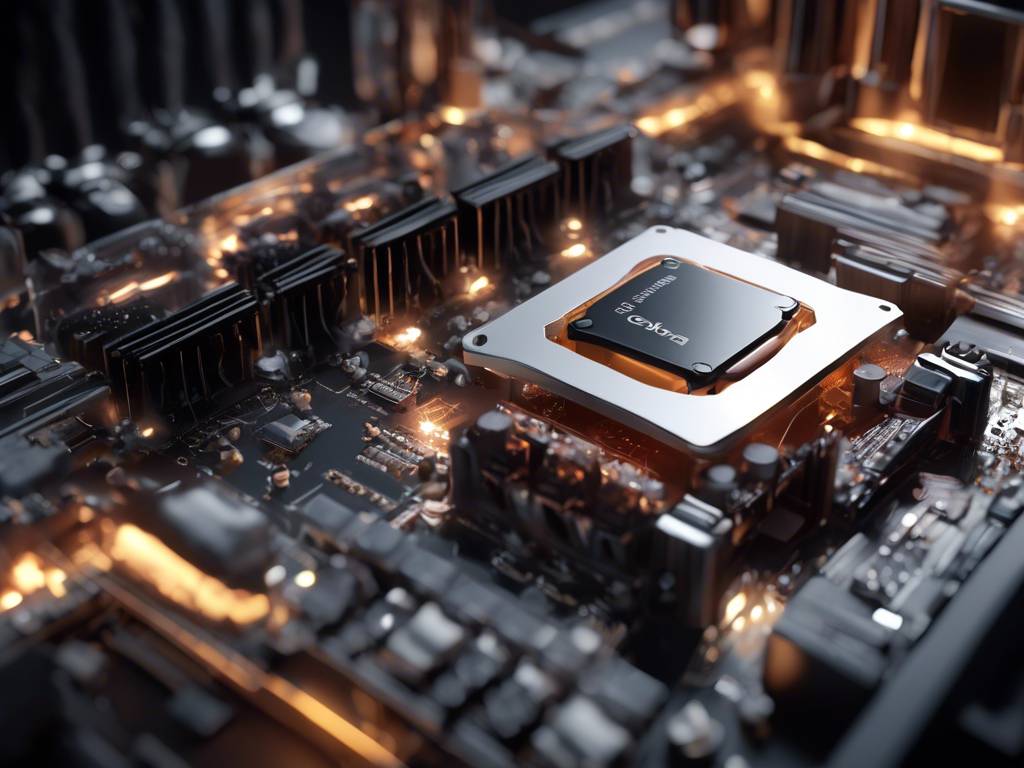Decoding The Recent Challenges Faced by Solana Network
Recently, the Solana network has encountered congestion issues that have resulted in delays in processing transactions and a high number of dropped transactions. As a keen observer of the crypto world, you must be wondering what is causing these challenges and how they can be addressed to ensure a smooth user experience. Let’s delve into the details of the issues plaguing the Solana network and explore possible solutions.
The Root Cause: Spam Transactions and Memecoins
One of the primary reasons behind the congestion on the Solana network is the surge in spam transactions. Bots are flooding the network with transactions in an attempt to prioritize their activities over regular users. Additionally, the release of numerous memecoins has led to a significant increase in transaction volume, creating a bottleneck in the network’s block space. This influx of memecoin activities has put immense pressure on Solana’s infrastructure, leading to delays and dropped transactions.
- Spam transactions overwhelming the network
- Influx of memecoins contributing to congestion
- Pressure on Solana’s block space
The Architectural Comparison with Internet Infrastructure 🌐
Matt Sorg, a tech and product leader at the Solana Foundation, drew a parallel between Solana’s architecture and the internet’s infrastructure. Unlike traditional networks that use a mempool for transaction processing, Solana’s validators process transactions directly without any staging model. This unique setup, similar to how IP endpoints and servers operate on the internet, is designed to enhance efficiency and scalability.
- Validators processing transactions directly
- No mempool for transaction staging
- Comparison to internet infrastructure
Challenges and Solutions
To address the congestion issues and ensure a seamless user experience, the Solana development team is working on implementing effective solutions. Here are some strategies being considered:
Planned Software Updates and Enhancements
The team is focused on releasing software patches to resolve the congestion issues. The upcoming 1.18 update scheduled for April will introduce enhancements to make transaction scheduling more deterministic. These improvements aim to streamline transaction processing and reduce bottlenecks, ultimately improving the network’s performance.
- Software patches in progress
- 1.18 update planned for April
- Enhancements to transaction scheduling
Improving Validator Performance
Developers like Anza, the creator of a Solana Agave validator client, are also working on fixes to enhance the client’s performance. These updates will address specific issues related to QUIC implementation, optimizing the client’s performance under high request volumes. By improving validator performance, the network can handle increased traffic more efficiently.
- Fixes to enhance validator performance
- QUIC implementation improvements
- Optimizing performance under high request volumes
Implementation of Priority Fees
Another crucial step is the integration of priority fees into applications operating on Solana. Currently, many apps do not utilize priority fees, leading to delayed or unprocessed transactions. By introducing dynamic priority fees, developers can prioritize transactions based on user preferences, improving the overall user experience and transaction processing speed.
- Integrating priority fees in applications
- Addressing delayed transactions
- Improving user experience and transaction processing speed
Hot Take: Navigating the Future of Solana Network
As a crypto enthusiast, you must keep a close eye on how the Solana network tackles its current challenges and evolves to meet the demands of its growing user base. By implementing effective solutions and optimizing its infrastructure, Solana has the potential to overcome congestion issues and provide a seamless experience for users. Stay tuned for further updates on the network’s progress and the innovative solutions being implemented to ensure a robust and efficient ecosystem.





 By
By
 By
By

 By
By
